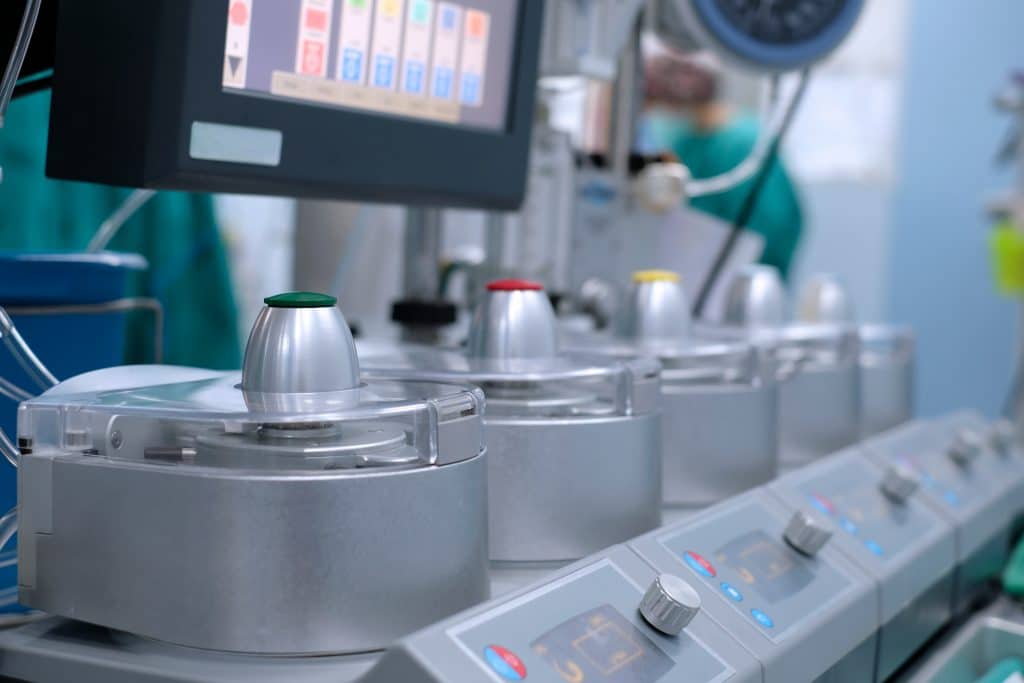Prognostic Utility of KDIGO Urine Output Criteria After Cardiac Surgery

Objectives
Kidney Disease: Improving Global Outcomes (KDIGO) guidelines include assessment of creatinine and urine output to identify acute kidney injury (AKI). Whether urine output is an accurate indicator of AKI after cardiac surgery, however, is unclear. The authors’ goal was to examine whether cardiac surgery patients who fulfilled criteria for AKI by KDIGO urine output criteria also demonstrated kidney injury by elevated creatinine, other kidney biomarkers, or had worse clinical outcomes.
Design
Secondary analysis of prospectively collected data from a clinical trial, “6% Hydroxyethyl starch 130/0.4 in Cardiac Surgery (NCT02192502).”
Setting
Academic, quaternary care hospital.
Participants
Patients undergoing elective aortic valve replacement
Interventions
None
Measurements and Main Results
One hundred forty-one patients were classified into AKI stage by KDIGO urine output criteria within 24 hours after surgery. Kidney biomarkers (serum creatinine, urinary neutrophil gelatinase-associated lipocalin [NGAL], urinary interleukin-18 [IL-18]) and hospital and intensive care unit length of stay were analyzed across AKI stages. Urine output criteria classified four times as many patients with AKI than creatinine criteria (95 [67%] v 21 [15%]). Most patients meeting KDIGO urine output criteria for AKI postoperatively did not satisfy KDIGO creatinine criteria for AKI within one week (77 of 95 [81%]) or six-to-12 months (27 of 29 [93%]). Higher AKI stage assessed by urine output was not associated with higher NGAL, IL-18, or longer hospital or intensive care unit stays.
Conclusions
Acute kidney injury classified by KDIGO urine output criteria was not associated with other biomarkers of kidney injury or worse patient outcomes. These data suggested that KDIGO urine output criteria after cardiac surgery may overclassify AKI stage; further research is needed.
